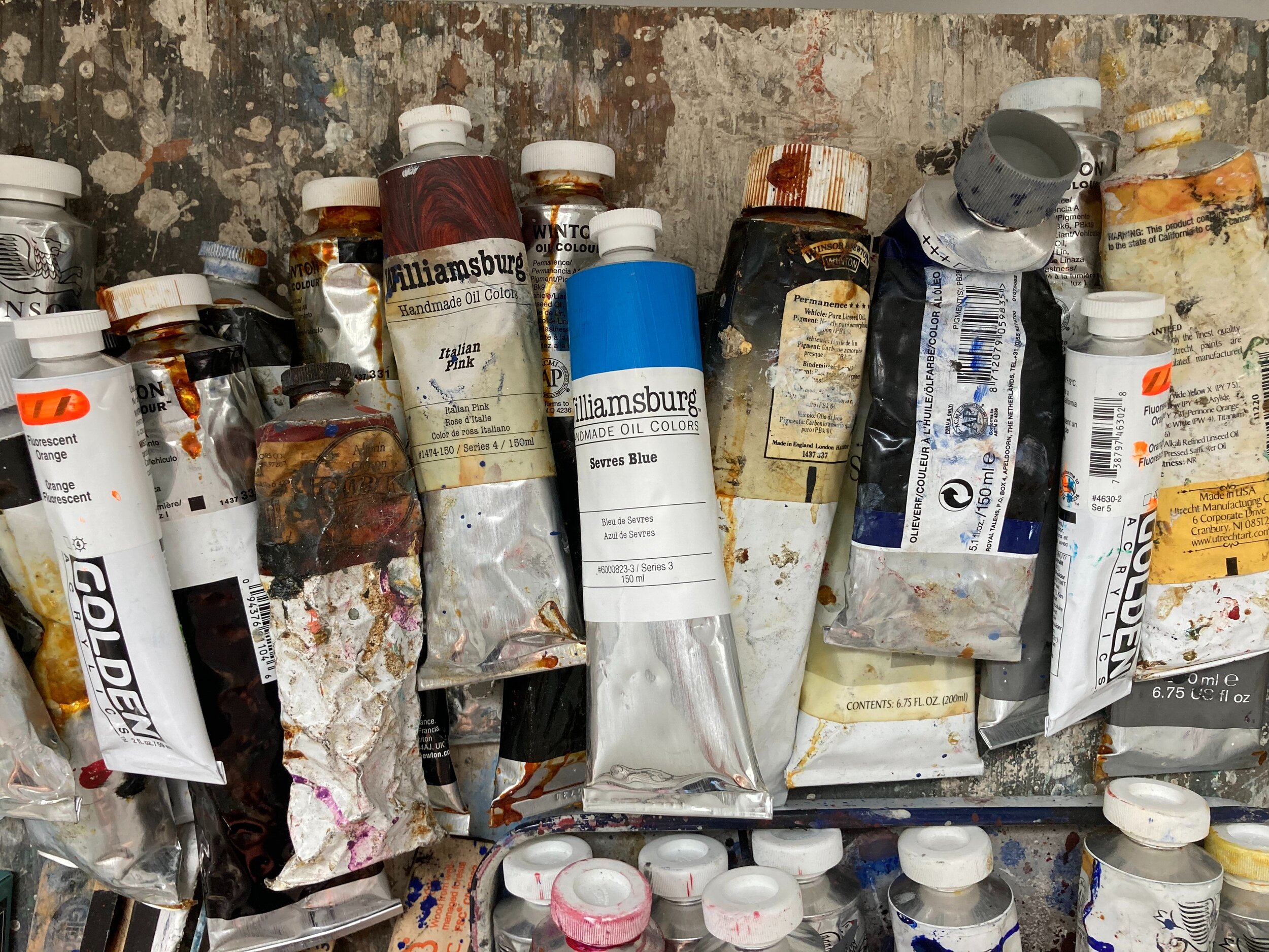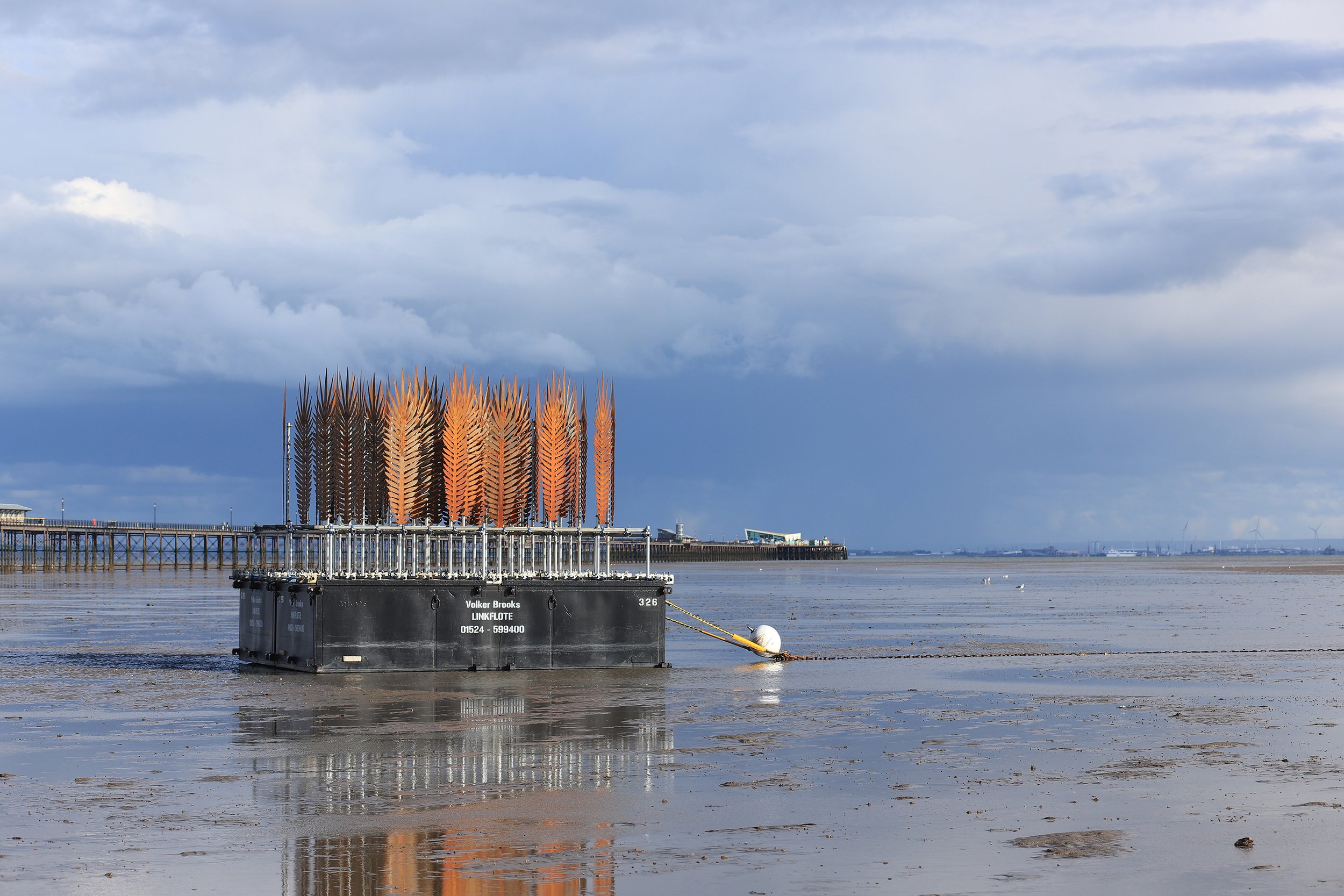
Mary Mattingly
31 Mar. – 14 May 2023
Mary Mattingly is a sculptor and photographer. Her work has been exhibited at Storm King Art Center, the International Center of Photography, Seoul Art Center, the Brooklyn Museum, and the Palais de Tokyo. Upcoming exhibitions include Barbican in London and Socrates Sculpture Park in New York. Mattingly has been awarded grants and fellowships from the James L. Knight Foundation, Eyebeam Center for Art and Technology, Yale University School of Art, the Harpo Foundation, NYFA, the Jerome Foundation, and the Art Matters Foundation.
Her work has been featured in Aperture Magazine, Art in America, Artforum, Sculpture Magazine, The New York Times, Le Monde Magazine, New Yorker Magazine, and on Art21. Her work has been included in books such as the Whitechapel/MIT Press Documents of Contemporary Art series titled Nature and edited by Jeffrey Kastner, Triple Canopy’s Speculations, the Future Is... published by Artbook, and Henry Sayre’s A World of Art, 8th edition, published by Pearson Education Inc. In 2022, a monograph titled What Happens After was published by the Anchorage Museum and Hirmer Publishing.
Vanishing Point (2021), 16 x 16 x 24 feet, Steel sectional barges, steel scaffolding and attachments, laser cut steel nipa palm leaves.
Vanishing Point considered how the plant life of the Thames Estuary has evolved and responded to a changing climate over millions of years, and how this knowledge might be used as a speculation for a nearing future. While the earth currently supports approximately 419 parts of CO2 per million (the highest level recorded in human history), climate models predict that the concentration of CO2 in the Earth’s atmosphere will reach one thousand parts per million before the end of this century if industrialized nations don’t reduce greenhouse gas emissions. One thousand parts per million would match the level of CO2 found in geologic records in the Cenozoic Era, around 50 million years ago. Vanishing Point revisits Southend’s plant life during this period; Viewable from the Pier and Southend shore, a mysterious new inhabitant emerges from the Estuary mud, rising and falling with the tides. A sculpture depicting the Nipa palm, a plant familiar to these waters from the Cenozoic Era retakes its place, supported by scaffolding as if being regrown to support the future of the Southend in the UK.
Limnal Lacrimosa (2021), 120 x 50 x 14 feet, Water collected from winter snow melt, agricultural tubing, steel water bins, water pump, stones, concrete, wood, ceramic, sound, soil and plants; year-long installation in Glacier National Park, Montana that changed with the weather.
Limnal Lacrimosa means of lakes, tears. The installation is a listening room. Snow melt was collected and the water was cycled through tubing just below the ceiling in order to evoke the feeling of rain inside the building. The drips were caught in ceramic lachrymatory vessels while the sounds of the droplets hitting the containers echoed throughout the space. Eventually the vessels filled, water spilled onto the floor, and would be pumped back into a holding tank above the ceiling. The cycle repeated itself, slowing in the colder months and speeding up in the warmer months, the drips kept weather time. Limnal Lacrimosa was prompted by Kōbō Abe’s novel The Woman in the Dunes, a story about two people who must forever remove sand from a building, focusing on endurance and repetition. It was driven by the speed of geologic change in Glacier National Park. Like a large water clock, the building was a meditation on watersheds.



